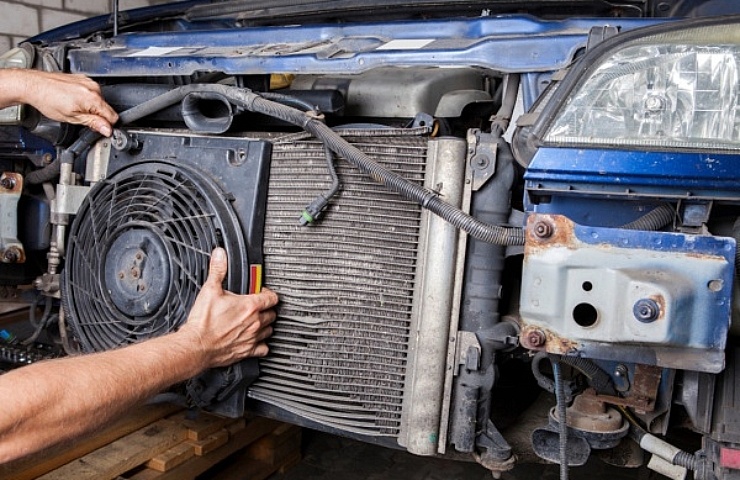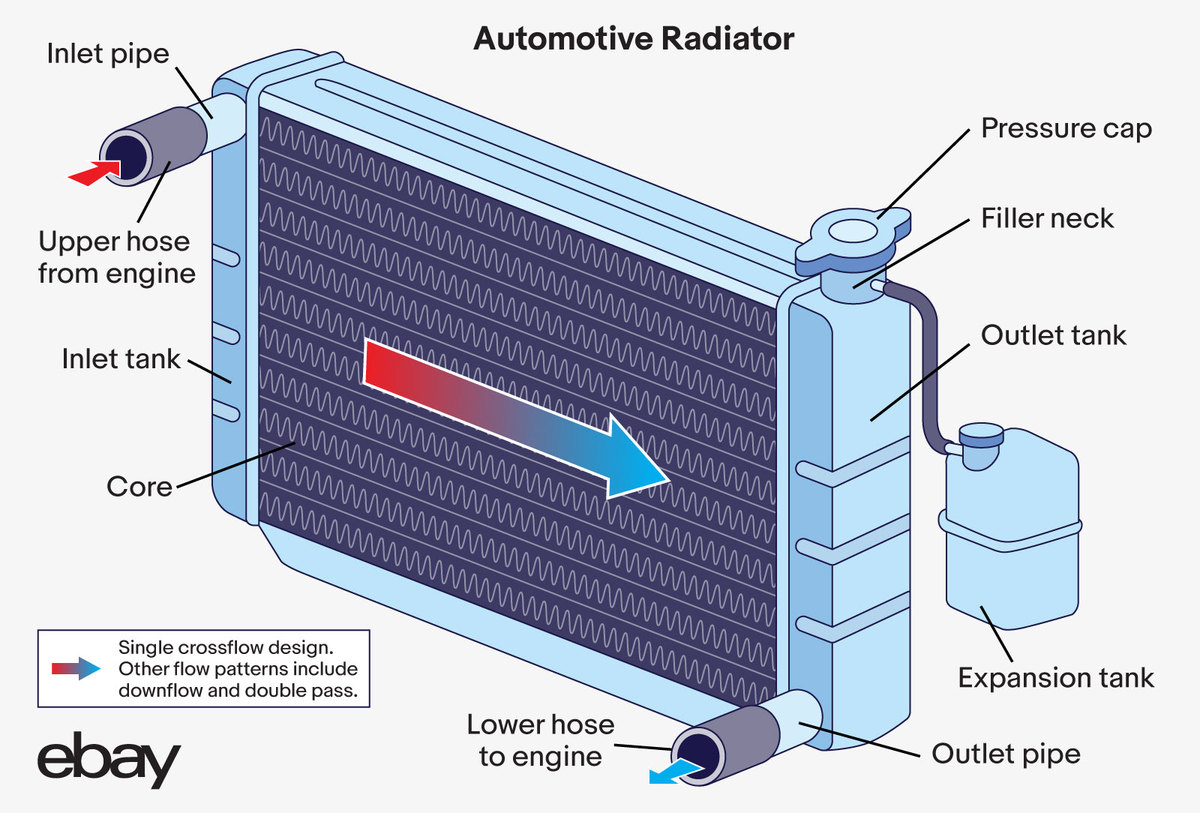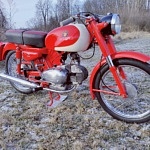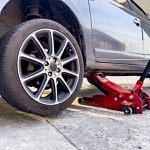Contents
Radiator Functions
An engine generates a lot of heat. Some cars with smaller engines (like the original Volkswagen Beetle) use forced air to cool the engine. But most cars use water-based coolant and a radiator to keep things cool.
The engine has small passages through which the coolant flows to absorb heat. The hot coolant (a mix of water and antifreeze) gets routed to a radiator. As it flows down through the radiator, it is exposed to fresh outside air, which allows the coolant to release heat and start the cycle again.
Before Replacing a Radiator
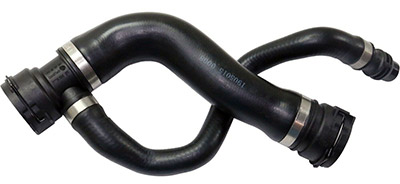
Check all the radiator hoses before replacing your radiator.
Here are a few things to check before plunging into a radiator replacement:
Radiator fan – Is the airflow to the radiator free from debris? Today’s low-riding cars can vacuum up all sorts of junk that clogs your radiator. Learn more about radiator fans and shrouds.
Rubber radiator hoses – Depending on their age and shape, radiator hoses could be kinking when pressurized. That can restrict the flow of fluids. If the hoses are spongy, cracked, or show other signs of old age, replace the hoses before a complete radiator upgrade.
Burp the radiator – If you recently added fluid to your radiator, remove air from the system. Burping a radiator typically requires running the car with the radiator pressure cap off for several cycles, allowing the air to escape. Your owner’s manual probably outlines all the steps.
Radiator Upgrade Basics
When it’s time for a radiator upgrade, you can replace the old one with a new example of the same model, or perhaps it’s time to upgrade to a high-performance radiator.
A performance radiator uses better materials, improved flow design, and more surface area to improve cooling efficiency. These factors ensure that a high-horsepower engine remains cool. However, a performance radiator is not required unless you’re racing or otherwise putting a heavy load on the engine.
Whether you decide on a standard or high-performance radiator replacement, it’s essential to understand those three features when shopping for a radiator.
Radiator Material
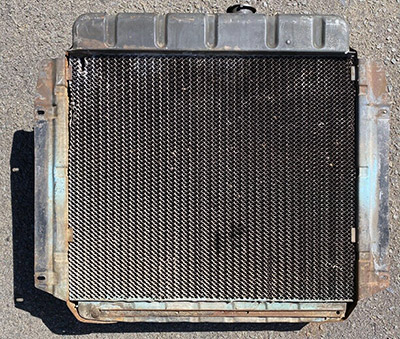
Before the mid-1980s, radiators were typically made of brass and copper.
Radiators were made with brass and copper until the mid-1980s, but the risk of corrosion caused companies to switch to aluminum or plastic. Aluminum is lighter and stronger than other metals—and aluminum radiators can be repaired. If a plastic tank radiator develops a leak, you’ll likely need a complete replacement.
Fluid Flow
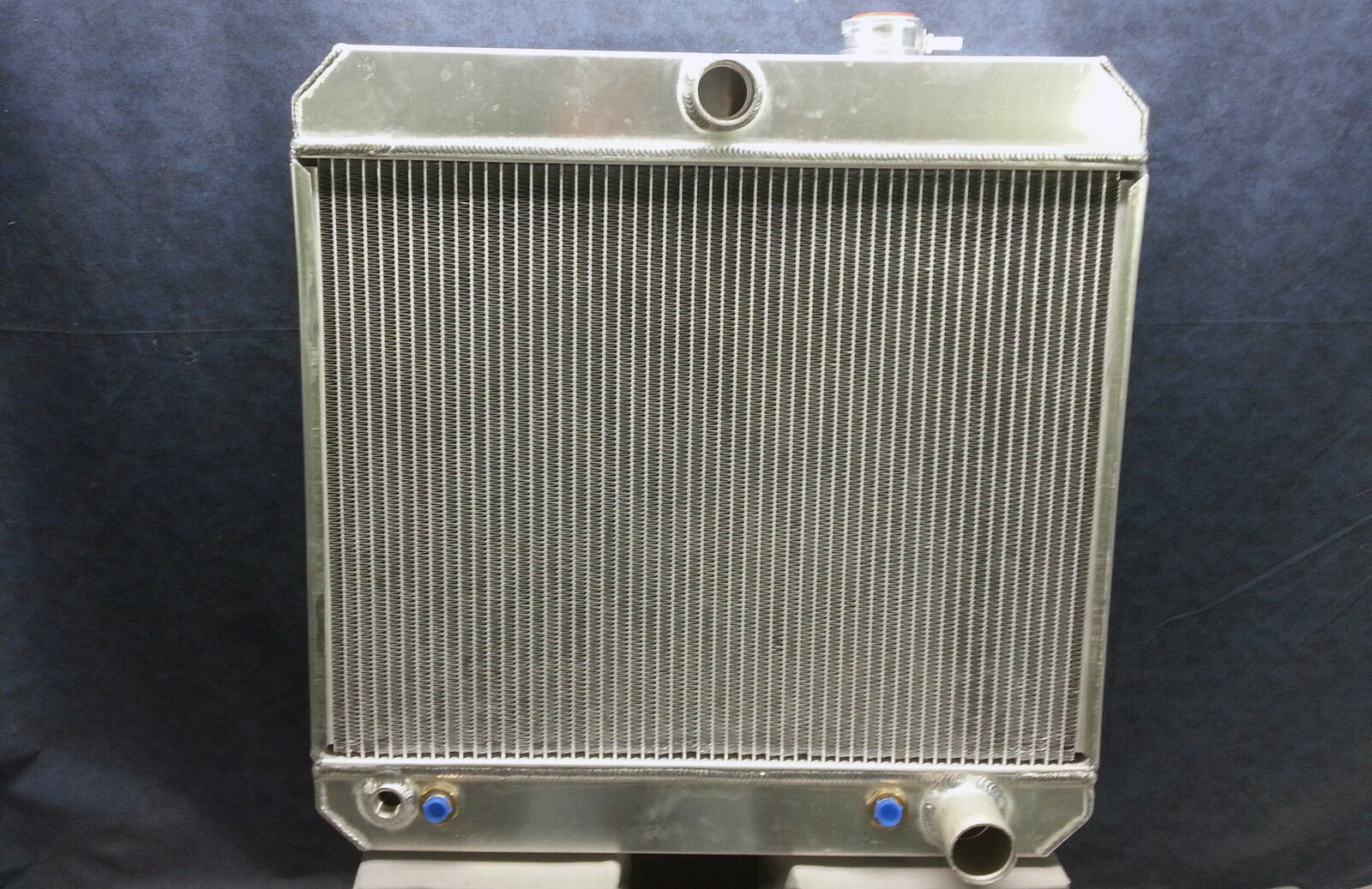
Gravity helps to pull the fluids through the downflow radiator.
The radiator’s job is to move hot fluid to where it can be cooled and then back to the engine. That flow can happen in different ways.
With a downflow radiator, the hot antifreeze cascades from the top of the radiator to the bottom. Gravity helps the fluid move.
A crossflow radiator uses the water pump to move the antifreeze fluid from one side to the other. Generally, fluid flow through a crossflow is slower than a downflow, allowing the liquid to cool more.
Radiator Passes and Surface Area
A performance radiator upgrade will increase the number of times the fluid flows through the core. A double-pass radiator has a core that is divided in half. The hot fluid first flows across the top half of the core and then goes into the second part of the tank to make another pass before returning to the engine. A second pass gives the fluid more opportunity to cool down. Triple pass radiators provide three paths through the core.
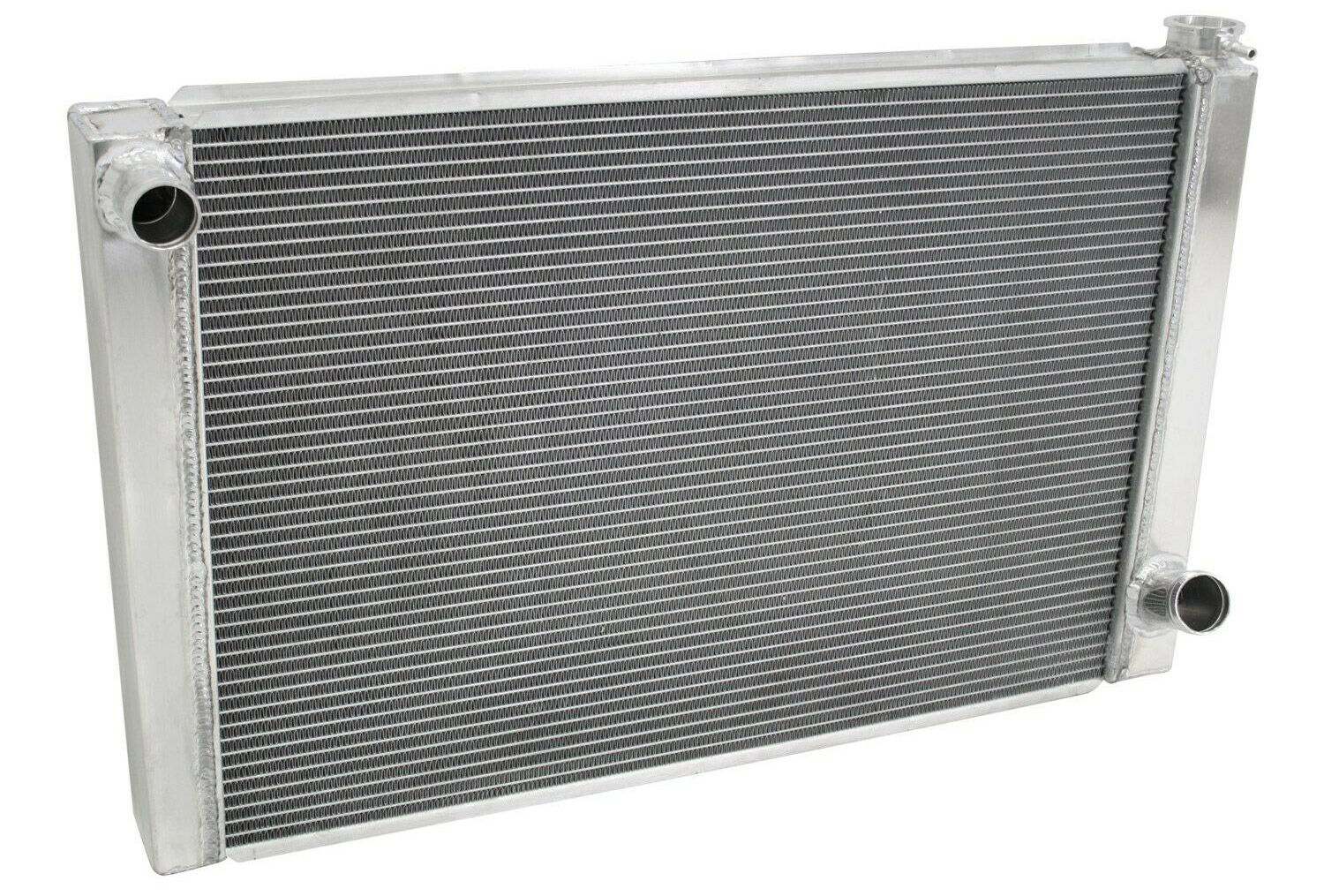
You can’t tell from the outside, but this triple pass radiator provides three passages for the fluid to cool down.
Radiator Upgrade Core Design
The core is the heart of the radiator. A tubular core uses a series of tubes with metal fins placed around the tubes. The hot fluid flows through the tubes, and as air passes around them, heat is transferred to the metal material and then to the outside air.
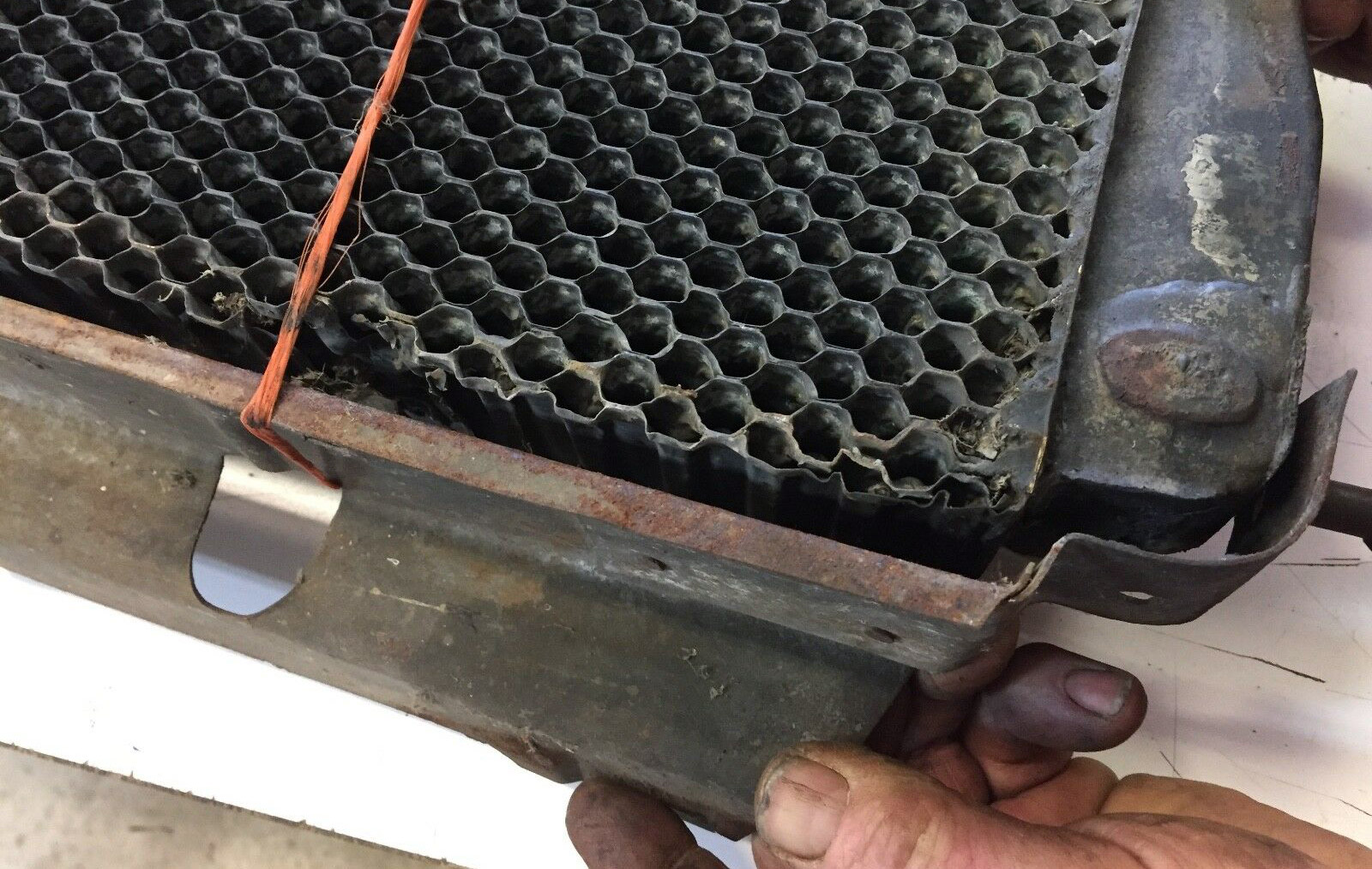
A cellular core is often referred to as a honeycomb design.
A cellular core is designed like a honeycomb, and the individual air cells are surrounded by water. If one cell (or pathway) gets obstructed by debris or corrosion, other passageways will cool the fluid.
Most radiators have at least two rows, with one row stacked behind the other. You can choose radiators with four rows or more. More rows meant more cooling in previous generations, but that’s not necessarily the case today. In fact, more rows can produce more airflow restriction and require more space.
Pricing
A basic replacement radiator should cost less than $100, while an upgraded three-row performance radiator might cost up to $350. If you’re paying a shop to do the work, expect to pay for around four hours of labor, often $300 to $400. Many radiators also come with a limited warranty.
Radiator Replacement Overview
Here are the basic steps for replacing a radiator:
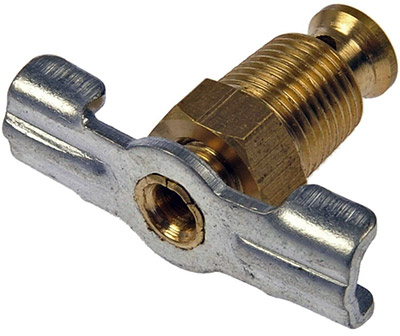
The valve at the bottom of the radiator can be opened to drain the fluids.
- There is a drain valve at the bottom of the radiator. When the radiator is cool, remove the radiator cap, open the valve, and collect the fluid.
- Antifreeze is toxic, so please bring it to an official official oil collection site.
- Loosen the clamps holding the hoses to the radiator, then remove the hoses.
- Remove the bolts that hold the radiator in place. Pull the empty radiator out of the engine bay. You might also have to remove the fan and fan shroud.
- Reverse the steps to install the new replacement radiator. Check the hoses to ensure they are in good shape and replace any that are damaged.
- Fill with antifreeze and check for leaks. Don’t forget to burp out the air.
If you maintain your new radiator’s health, it should last about eight to 10 years—if not the lifetime of your vehicle.
Shop now for radiators
